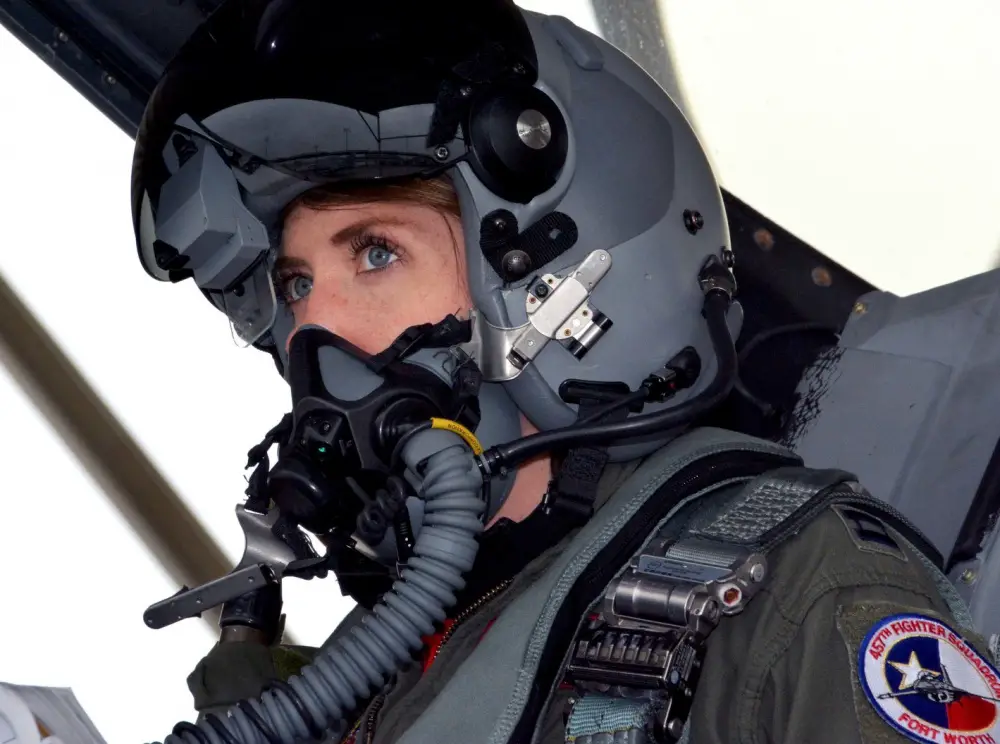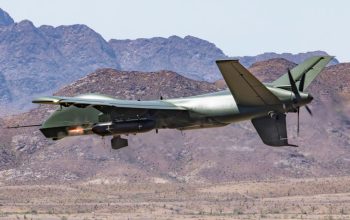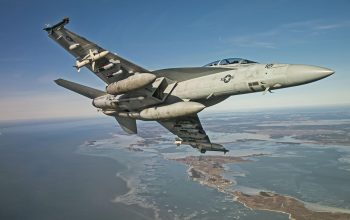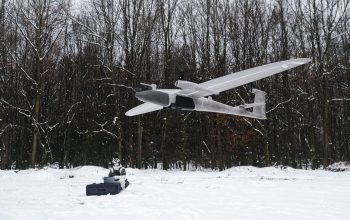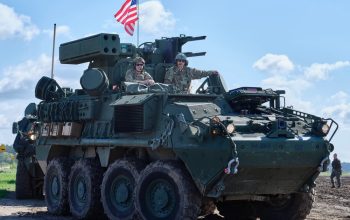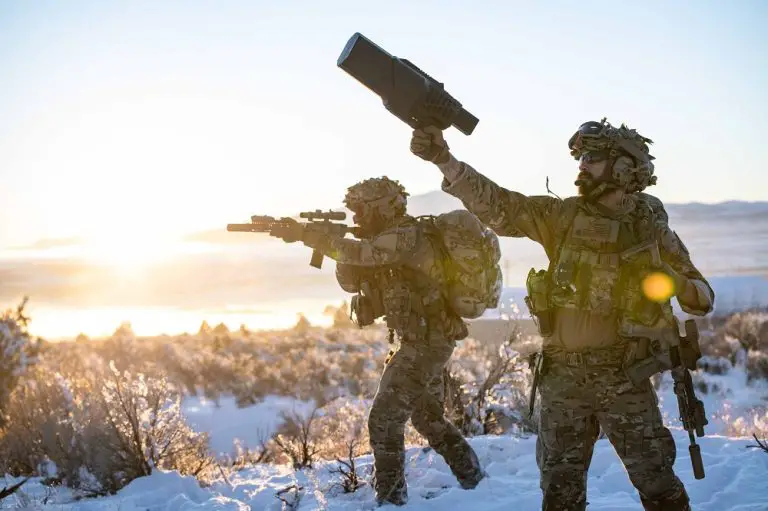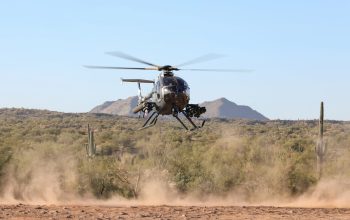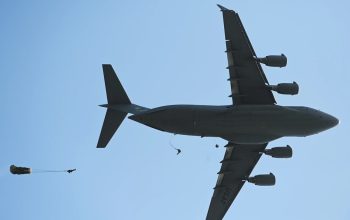As part of the U.S. Air Force’s on-going effort to encourage a more diverse pool of applicants to pursue careers in aviation, the minimum height requirement for officer applicants who wish to fly has been removed as of May 13, 2020. While still preserving safety of flight, the policy adjustment prevents initial applicants who are below 64 inches or above 77 inches in height from requiring an accessions waiver. With the removal of the blanket height standard, the medical and operations communities will apply an anthropometric screening process to individual applicants for placement in an aircraft they can safely fly as they pursue a rated track.
Studies have shown that women’s perceptions about being fully qualified for a job makes them less likely to apply, even though there is a waiver option. Modifying the height standard allows the Air Force to accommodate a larger and more diverse rated applicant pool within existing aircraft constraints. Under the previous Medical Standards Directory requirement, the height requirement to become an U.S. Air Force pilot was a standing height of 64 inches to 77 inches (5’4″ to 6’5″) and a sitting height of 34 – 40 inches. Although most height waivers were approved, the previous restriction eliminated approximately 44 percent of the U.S. female population between the ages 20 to 29.
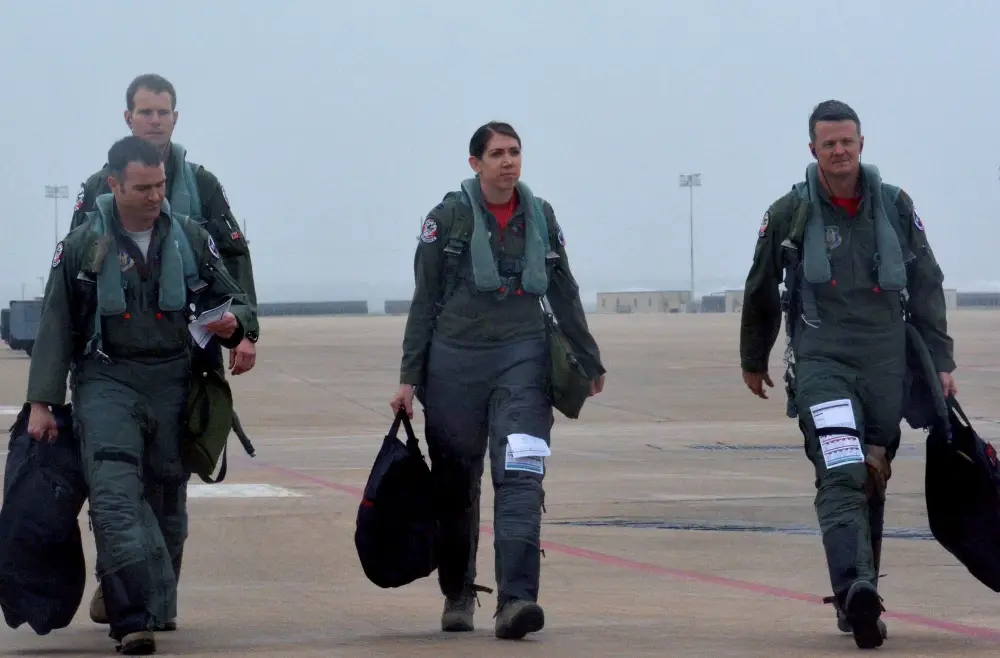
According to the Department of Health and Human Services Anthropometric Reference Data for Adults, United States, 2007–2010, the average height for U.S. females aged 20 and over is 63.8 inches across all ethnic groups. In contrast, the average height for U.S. males aged 20 and over, across all ethnic groups, is 69.3 inches. While most height waivers were approved under the old system, feedback indicated the entire waiver process served as a barrier, which negatively impacted female rated accessions. It’s hard to determine how many women did not previously apply due to their perception of not being fully qualified or having to pursue a waiver.”
The WIT is an all-volunteer team, serving as influential advocates on topics that influence women’s propensity to serve in the Air Force. WIT members work toward creating a Total Force where all Airmen can advance to their maximum potential, regardless of gender. The WIT is one of five teams within the Department of the Air Force Barrier Analysis Working Group, which was created for the purpose of analyzing anomalies found in civilian and military workplace policies, procedures, and practices. DAFBAWG teams are dedicated to identifying and removing potential barriers to equal opportunity.
